Fire Safety Audits Protect More Than Compliance
A fire safety audit is more than a formality. It is a legal requirement under the Building Code of Australia, state regulations like the Queensland Building Fire Safety Regulation, and Australian Standards.
For property managers, audits provide proof of compliance, safeguard insurance coverage, and confirm that evacuation and safety systems can protect occupants in an emergency. Knowing what auditors check means you can prepare in advance and avoid costly gaps.

What Auditors Review in a Fire Safety Audit
A licensed auditor will examine your building across four main areas. Each one is tied directly to legal obligations and insurance requirements.
1. Fire Protection Systems
- Systems such as sprinklers, alarms, extinguishers, hydrants, and hose reels are checked for compliance with Australian Standards.
- Maintenance logs are examined to confirm testing has been carried out at the required frequency. Incomplete or missing records can result in non-compliance notices and jeopardise insurance claims.
2. Evacuation Readiness
- Evacuation diagrams and fire evacuation plans are assessed for accuracy. Plans must be updated whenever layouts or occupancy change.
- Exits are inspected to ensure they are clear, illuminated, and signed correctly. Obstructed stairwells or outdated diagrams are frequent compliance breaches.
3. Occupant Safety
- The special needs register is reviewed to confirm that vulnerable occupants are identified and supported. Failure to update this register exposes property managers to significant liability in emergencies.
- Records of staff participation in fire warden training and evacuation training are reviewed. Outdated or missing training undermines both safety and compliance.
4. Documentation and Records
- Auditors cross-check the occupier’s statement with maintenance logs and compliance certificates. This is one of the first documents regulators and insurers request.
- Gaps in record-keeping are treated as compliance failures, even if systems appear operational.
The Fire Safety Audit Process Explained
1. Pre-Audit Review
The auditor examines building permits, suggest removing , and maintenance logs before visiting the site.
Identifies missing documentation early and flags systemic compliance issues.
2. On-Site Inspection
Walkthrough of fire systems, emergency lighting, exits, and evacuation routes.
Confirms safety systems are functioning and evacuation routes are safe for occupants.
3. Staff & Occupant Checks
Verification of staff training records and the special needs register.
Ensures duty of care is being met for both staff and vulnerable occupants.
4. Documentation Verification
Compliance documents are cross-checked against legislative requirements.
Provides legal proof of compliance and protects insurance coverage.
5. Audit Report & Recommendations
The auditor issues findings, highlighting compliance gaps and recommending corrective actions.
Gives property managers a clear roadmap to resolve issues before they become liabilities.
Why Fire Safety Audits Are Critical for Property Managers
Audits serve three essential functions:
- Compliance Proof: Audits demonstrate to regulators that your building meets fire safety laws.
- Insurance Protection: Insurers rely on audit documentation when assessing claims. Non-compliance often results in denied payouts.
- Occupant Protection: Evacuation readiness, training, and special needs registers are tested to ensure no one is left behind in an emergency.
Without regular audits, property owners face fines, increased liability, and compromised insurance coverage.
How Fire Auditors Support Compliance
At Fire Auditors, we focus on turning the audit process into an advantage for property managers. Our licensed team:
- Inspects fire protection systems in line with Australian Standards
- Reviews and updates fire evacuation plans
- Confirms the special needs register is current
- Verifies training programs such as fire warden training and evacuation training
- Cross-checks the occupier’s statement and maintenance records against regulatory standards
By addressing compliance gaps early, we help you avoid penalties, protect your insurance coverage, and demonstrate your commitment to occupant safety.
A fire safety audit is not about ticking boxes — it is about proving compliance, protecting your insurance coverage, and ensuring every occupant in your building is safe. For property managers, the audit is both a legal obligation and a critical safeguard for people and assets.
Take control of compliance today: Arrange your fire safety audit with Fire Auditors. Our team will ensure your building is compliant, safe, and fully prepared for inspection.

